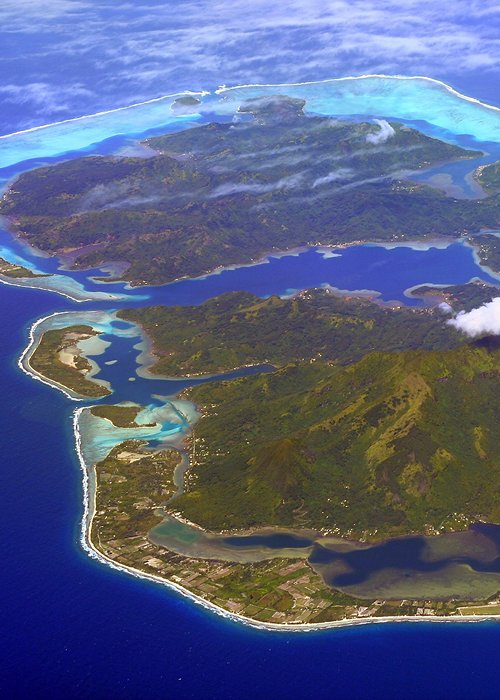An elephant's eyes appear small in relation to the size of its head: the eye sockets are barely visible on the sides of the skull. However, the large nasal cavity at the centre of the forehead, where the trunk originates, is quite conspicuous. Two species of elephant once lived in Sicily: Elephas falconeri, which became extinct half a million years ago, and Elephas mnaidriensis, which lived on the island until 40,000 years ago. These were small-sized species: the former stood about one metre tall, the latter barely two. Elephants arrived in Sicily by land during the last Ice Age, when the level of the Mediterranean Sea dropped by several metres. Later, as sea levels rose again, the isolated elephant population proliferated and these animals gradually became smaller with each successive generation - a phenomenon known in biology as island dwarfism. For large species that colonise an island, shrinking over successive generations can be advantageous to optimise the limited resources of a confined environment. In addition, the absence of large predators that require large hunting grounds removes the need for XXL proportions for defence. Island dwarfism is not unique to elephants: the village of Rampasasa on Flores, a tiny island in the volcanic archipelago of Sunda, Indonesia, is inhabited by diminutive humans with an average height of 145 centimetres.
In 2003, very interesting human fossil remains were discovered in a cave near Rampasasa. These included the partial skeleton of a small man, barely one metre tall, with flat feet. Playfully referred to as one of Tolkien's hobbits, the Flores Man is not an ancestor of the island's current pygmies. Homo floresiensis belongs to a separate, recently discovered species that inhabited Flores until 17,000 years ago. They were small, no taller than our four-year-old children, but already skilled at lighting fires and making and using stone tools to hunt and butcher animals often larger than themselves. Island dwarfism is often accompanied by its opposite, island gigantism, where animals that are typically small on the mainland grow enormously.
On an island without large predators, diminutive size becomes unnecessary because there's no need to escape from claws and fangs by squeezing through crevices. This explains why colossal creatures such as the Galapagos tortoise and Komodo dragon thrive on certain islands. While most of the island giants perished with the arrival of humans and their domestic predators - dogs, cats and mice - there was a time when large dwarfs predominated. For example, the Tenerife rat, as big as a rabbit, or the giant lemur of Madagascar, as massive as a gorilla. In Sicily, giants once roamed the land. They were the Cyclopes, descendants of Gaia, goddess of the earth, and Uranus, god of the sky. They were blacksmiths who lived beneath Mount Etna, making thunderbolts for Zeus and Hephaestus, the gods of fire and metallurgy. Aside from their gigantic size, the Cyclopes' defining characteristic was their single eye, which opened in the middle of their foreheads. They were not beastly and primitive. It was Homer who portrayed them as such: his Polyphemus was a violent giant, a shepherd who lived in caves and a glutton for human flesh. But what were the Cyclopes doing in Sicily? The skull of a tuskless dwarf elephant bears an uncanny resemblance to the large head of a gigantic man, complete with a single large eye placed right in the centre of the forehead, aligned with the hole for the trunk... Looking at the fossilised skull of a dwarf elephant, one might think of a mythical and monstrous figure: a giant with only one eye... But that's a story for another time.




